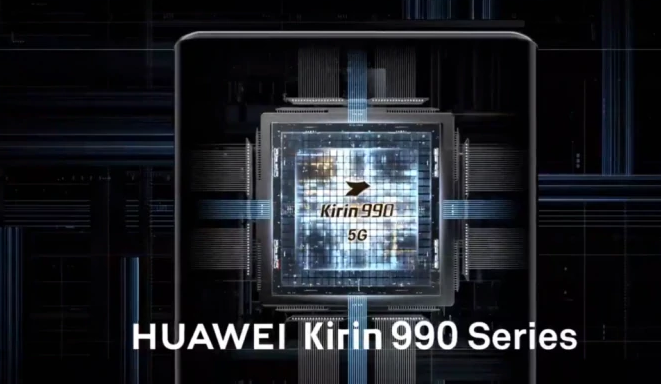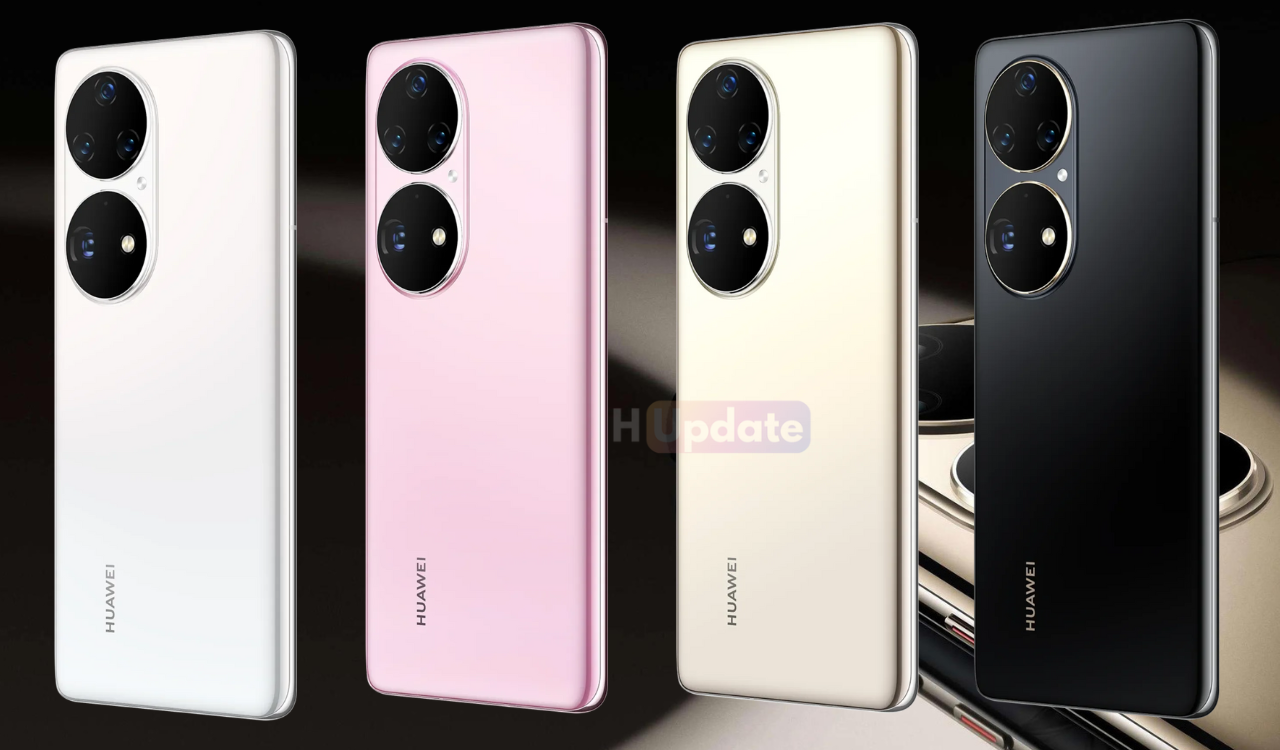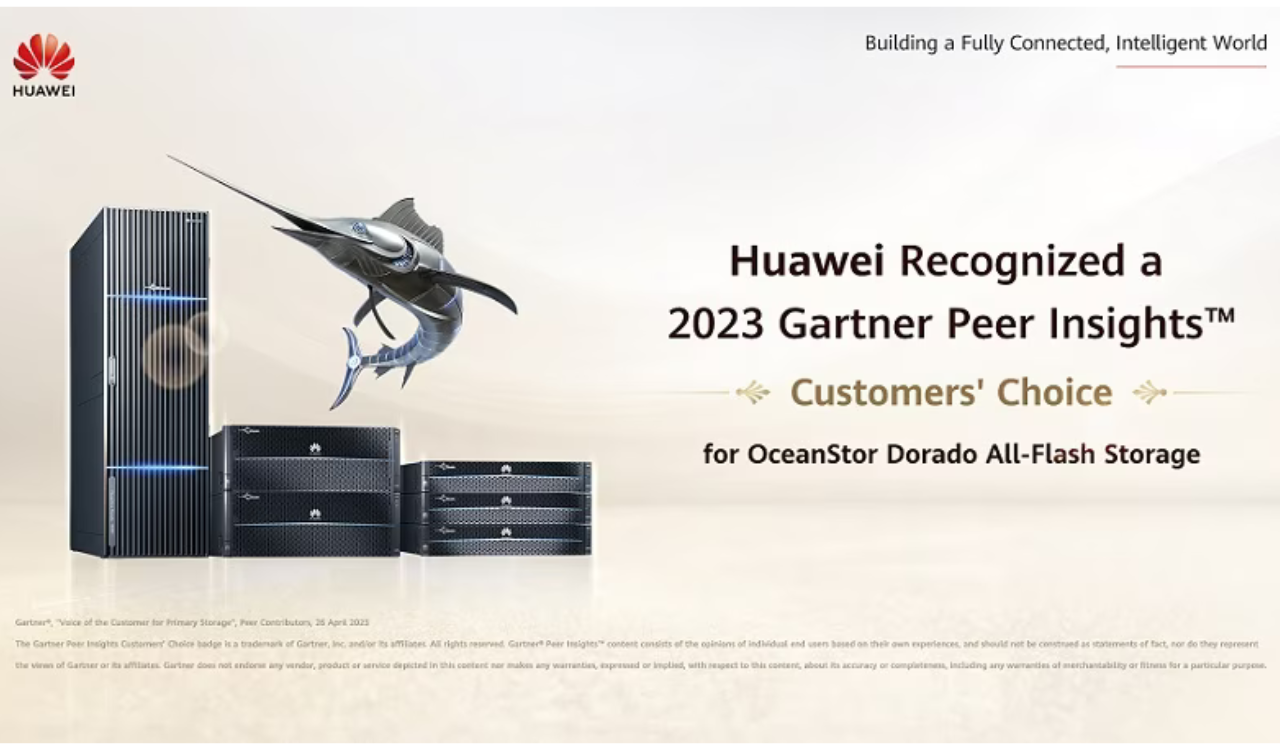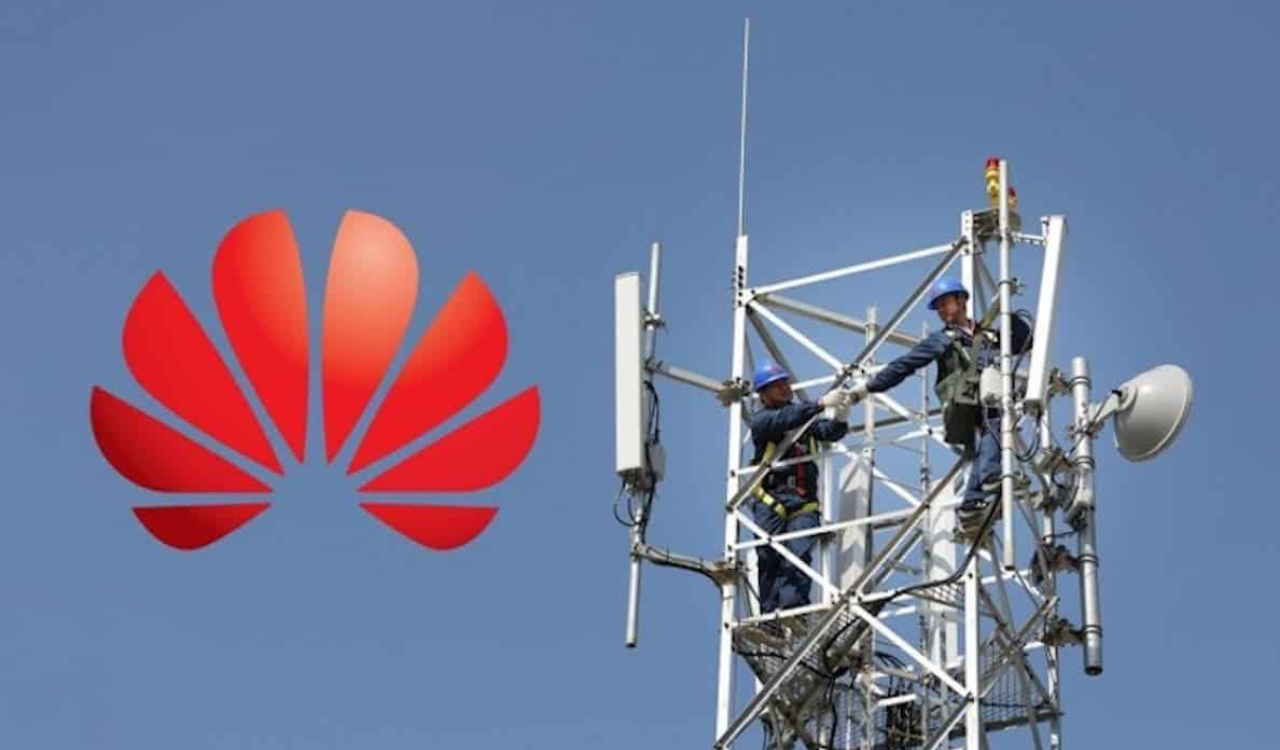Huawei 5G
Kirin 990 5G SoC will lead in upcoming years

The Vice President of Honor said today that Kirin 990 5G SoC will lead in upcoming years. Kirin 990 5G SoC was released in September last year, it is still the only 5G SoC flagship processor currently integrated with 5G baseband instead of plug-in.
The competition between Xiaomi, Samsung and Huawei/Honor is so tight. In recent days, the performance of the Snapdragon 865 flagship mobile phone has shocked by the performance.
Also, Huawei is preparing to launch brand new silicon chip Kirin 1020. Huawei’s Kirin 1020/1000 processor is code-named “Baltimore”. The chipset will be built with TSMC’s 5nm process for better power efficiency and more stable performance.
Huawei is rumored to use ARM’s Cortex-A77 cores with the Kirin 1020 instead of Cortex-A76 cores it retained with the Kirin 990 and Kirin 990 5G. This helps Kirin 1020 to easily gain a 50% performance improvement over its predecessor.
Honor Lao Xiong said, Huawei is the only company in the world that has mastered 5G end-to-end solutions, including the underlying technology of 5G, 5G network equipment (base stations, core networks, optical networks, microwaves, etc.), and 5G chips (base stations Chips, baseband chips, mobile phone chips) and 5G terminals (mobile phones, CPE, portable routers, tablets, etc.).
Honor Lao Xiong just edited and republished the science popular article written last year, and the article was titled ” 王者 无双! “Kirin 990 5G SoC will be fully ahead to 2021 “, introducing the leading position of Kirin 990 5G processor from the aspects of processor process, integrated 5G baseband, CPU / GPU, self-developed NPU Da Vinci, self-developed WiFi, Details can refer to the original text.


Related:
- Huawei shows Kirin chip business timeline of 2019
- Huawei Kirin 990 5G ranked 2nd in Master Lu chipset ranking
- Huawei Kirin 990 5G won the best 5G Chip Award in China
- How exactly is Kirin 990 5G gaming performance?
- Huawei HiSilicon Kirin History – SoCs based on ARM architecture
- Huawei Kirin 1020 codenamed BALTIMORE
Android
Astronauts took the Huawei P50 Pro to space

Recently, Chinese astronauts have taken the flagship Huawei P50 Pro to space initiated to share some selfies of up there….!! Huawei P50 Pro smartphone in space is just rock, specifically for the International Space Station (via Huawei Central). The dual camera ring design of the phone is clearly visible in the images. As a Chinese astronaut shared some pictures from the Space Station. Which showcased the P50 Pro in his hand taking the phone there.
Also, the phone is pictured within a controlled atmosphere of the space station. Take it to outer space and it will likely destroy itself with its own heat due to lack of cooling. These images might suggest that the smartphone is capable of functioning even in space, but that is unlikely. Modern smartphones are designed to be used in Earth’s atmosphere. While certain functions like the camera and touch may work. There is no chance for signal reception and calling.
The Huawei P50 Pro runs on HarmonyOS and has a 6.6-inch OLED display with 1.07 billion colors, 120Hz refresh rate, and 2700 x 1228p resolution123. It is powered by a Qualcomm Snapdragon 888 4G processor with 8 CPU cores. Also, a maximum clock speed of 2840 MHz14. It has a 4360mAh battery that supports 66W wired and 50W wireless charging1.
Additionally, it has a quad camera setup on the back with a 50MP main sensor and a 13MP selfie camera on the front1. It is dust and water-resistant up to 1.5m for 30 minutes3. Also, it measures 158.8 x 72.8 x 8.5 mm and weighs 195g235. It comes in black and gold colors.


Huawei 5G
Huawei Recognized as a Customers Choice in 2023 Gartner Peer Insights

In the Gartner Peer Insights Voice of the Customer for Primary Storage for its OceanStor Dorado all-flash storage, Huawei was recognized as a 2023 Customers’ Choice. That too with a 100% user recommendation rate and a full score of 5.0 based on 214 reviews, Huawei steal the heart of customers.
Showcasing the Huawei OceanStor Dorado all-flash storage played a part in the evaluation process. Covering industries from a wide range of economic sectors, including telecommunications, manufacturing, services, and so on, the product was reviewed by hundreds of customers worldwide in various regions.
Over 150 countries and regions including Latin America, Europe, Africa, the Middle East, and Asia-Pacific, Huawei OceanStor Dorado all-flash storage is now utilized. Where it provides reliable services to industries such as finance, telecommunications, government, and public utilities.
Huang Tao, President of Huawei All-Flash Storage Domain, is convinced.
“We are grateful for the global community’s continued support and recognition, as Huawei’s primary storage is once again regarded as a ‘Customers’ Choice’. We believe this recognition is the highest form of affirmation from our valued clients, and it serves as a driving force fueling our persistent efforts towards further improvements.”
“In our commitment to innovation, we will focus on crucial aspects such as reliability, ease of use, and security, while continuously investing in technologies to offer our clients more efficient, stable, and intelligent storage solutions that accelerate their digital transformation.”

Huawei 5G
US required more money to get rid of Huawei equipment

The cost of removing the Huawei equipment has risen since Huawei and ZTE have been declared as national security threats due to the practice of spies. The US wants to completely spare Chinese tech giant equipment from the county while campaigning to get rid of them.
The US imposed sanctions on Huawei equipment in 2019. The FCC was granted $1.9 billion in funding to help carriers replace Huawei and ZTE equipment with alternatives, in 2021. In the present year, it is estimated that the US needs more money to completely fulfill the job. i.e. another 3.08 billion dollars to bring the project to completion.
Why does America need more money to get the job done?
The US will spend a total of 5 billion dollars on infrastructure replacement if additional costs do not appear in between. The compensation is for carriers with more than two million users, in the first line. However, due to the lack of funds, the FCC decided to set priorities.
The US is also pressurizing European countries to do the same, apart from the fact that the US having a lack of funds in the same stream. So far, only Sweden and the UK have obeyed. Other countries continue to do business with Chinese companies, and currently, 41% of European 4G infrastructure relies on Huawei technology. The complete replacement of Huawei infrastructure will last until 2027 as later predicted.
What about other countries?
Following the US sublines some EU countries decided to go their own way despite the fact that the US needs more money to get rid of Huawei. Germany, Poland, Portugal, and Austria continue to use Huawei equipment for the 5G network as well.
Berlin rais hand to be self decision-maker in the line, about whose equipment it will opt for. Meanwhile, they’ll not give in to American pressure. As other the recent report disclose that the operator Vodafone in Germany alone would spend 2.8 billion euros to replace Huawei’s equipment.













